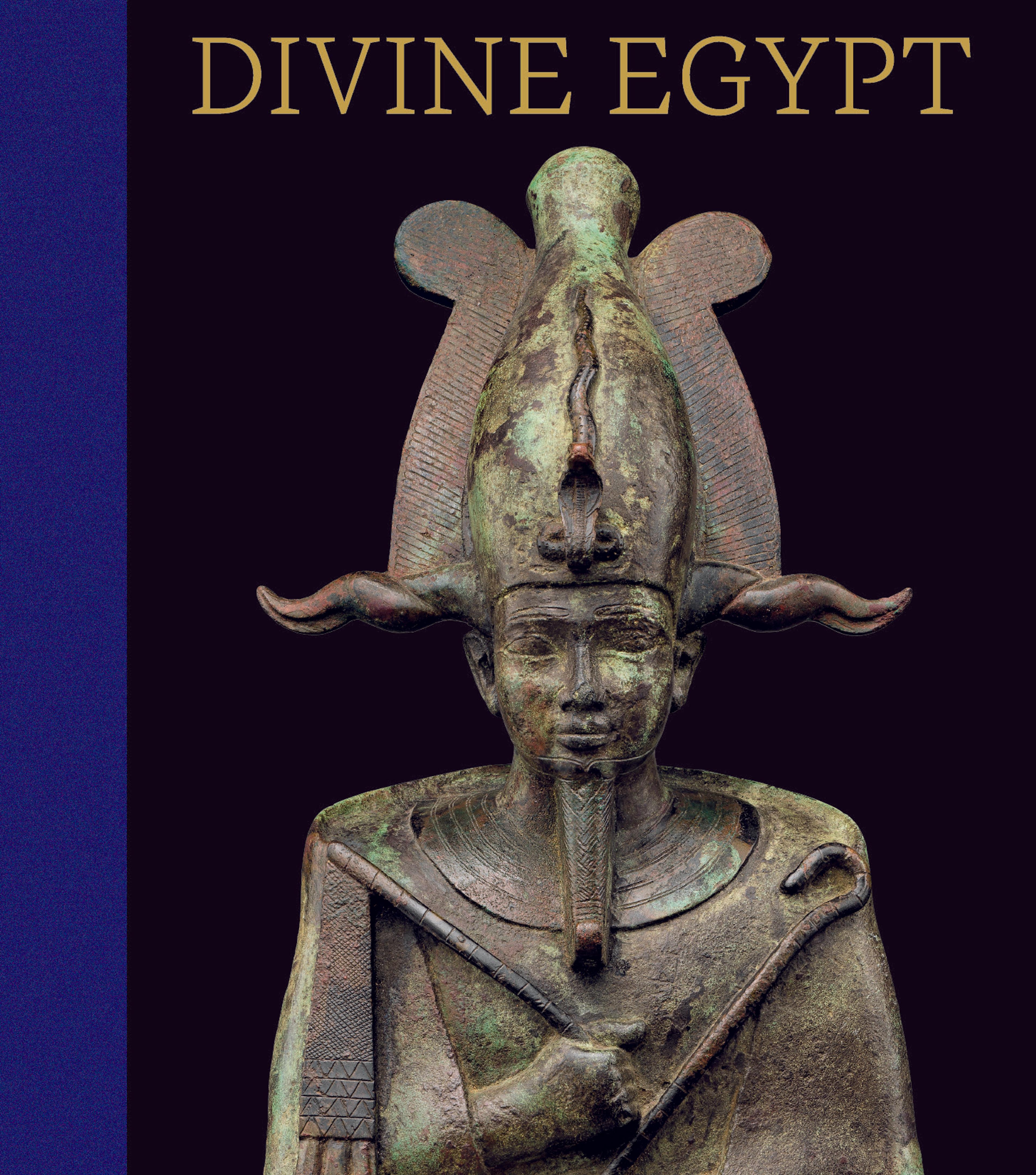Ptah-Sokar-Osiris Figure of the Temple Musician Ihyt
This hollow mummiform figure represents the mortuary deity Ptah-Sokar-Osiris. Dedicated to a musician of the god Nemty named Ihyt, it is inscribed with offering prayers and texts glorifying the gods. The figure was constructed in two halves, with six tenons used to fasten the lid to the box, and then set into a rectangular base. Most figures of this type have some sort of cavity that contains a roll of papyrus, a piece of cloth, or some sort of mummified material. The space inside this figure is very shallow: Found inside were grains of wheat and sand, and several fragmentary linen bundles containing mud (see 21.9.1d).
Found most often in tombs, close to the coffin, such figures are thought to help protect the body of the deceased and help to guarantee their rebirth. The grains of wheat, sand, and mud found inside this example may be meant to evoke the agricultural cycle with which the god Osiris was closely associated.
Found most often in tombs, close to the coffin, such figures are thought to help protect the body of the deceased and help to guarantee their rebirth. The grains of wheat, sand, and mud found inside this example may be meant to evoke the agricultural cycle with which the god Osiris was closely associated.
Artwork Details
- Title:Ptah-Sokar-Osiris Figure of the Temple Musician Ihyt
- Period:Ptolemaic Period
- Date:332–30 BCE
- Geography:From Egypt
- Medium:Wood, paste, gilding, paint
- Dimensions:H. 79 × W. 12 × D. 10.4 cm (31 1/8 × 4 3/4 × 4 1/8 in.)
- Credit Line:Gift of Edward S. Harkness, 1921
- Object Number:21.9.1a–c
- Curatorial Department: Egyptian Art
More Artwork
Research Resources
The Met provides unparalleled resources for research and welcomes an international community of students and scholars. The Met's Open Access API is where creators and researchers can connect to the The Met collection. Open Access data and public domain images are available for unrestricted commercial and noncommercial use without permission or fee.
To request images under copyright and other restrictions, please use this Image Request form.
Feedback
We continue to research and examine historical and cultural context for objects in The Met collection. If you have comments or questions about this object record, please contact us using the form below. The Museum looks forward to receiving your comments.
